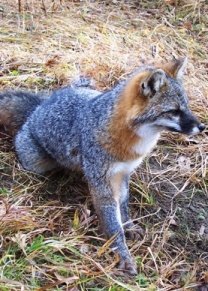Mammals
Please Note:
- Do not handle or go near wildlife, for your safety and theirs!
- The time of year is important to consider when monitoring. Note the active season for each species.
- If you are unsure of how to identify a sighting, contact the host organization or review the provided resources before you submit data.
- Note that certain surveys require a type of training to participate.
- Rescue information is provided for certain species if found injured or distressed.
If you would like to use data from the wildlife monitoring surveys for school projects or other purposes, please reach out to the host of the survey to gain permission to use.
Coyote Monitoring
Host/Lead Collaborators:
Seatuck Environmental Association
Resources:
Long Island Coyote Study
Training:
Not required
Active Season:
All year
Habitat:
Urban and suburban areas – Northwestern Long Island and colonization is further expanding
Survey Contact:
Arielle Santos at asantos@seatuck.org

Pinnipeds - Seal Monitoring
Host/Lead Collaborators:
– Atlantic Marine Conservation Society (AMSEAS)
– Coastal Research and Education Society of Long Island (CRESLI)
– New York State Department of Environmental Conservation (NYSDEC)
Resources:
There are four species of seal seen in the waters around New York regularly – harbor, gray, harp and hooded seal.
Stay at least 50 yards away from marine mammals and sea turtles to report sightings of healthy or sick animals.
Training:
Not required but encouraged https://www.amseas.org/events
Active Season:
Year Round. Seals have been observed in the waters around long Island and even up the Hudson River during all months of the year. The peak season for seal occurrences is between November and May. Recent aerial surveys have seen high numbers of harbor and gray seals in October. Gray seals were observed for the last four summers in the waters south of Plum Island.
Habitat:
Atlantic Ocean and bays and estuaries around Long Island
Survey Contact:
– AMSEAS Survey Contact Sightings@amseas.org
– NYSDEC Survey Contact MarineProtectedResources@dec.ny.gov
Rescue Contact:
If you see a stranded or entangled marine mammal immediately call the NYS Marine Mammal and Sea Turtle Stranding Hotline at (631) 369-9829
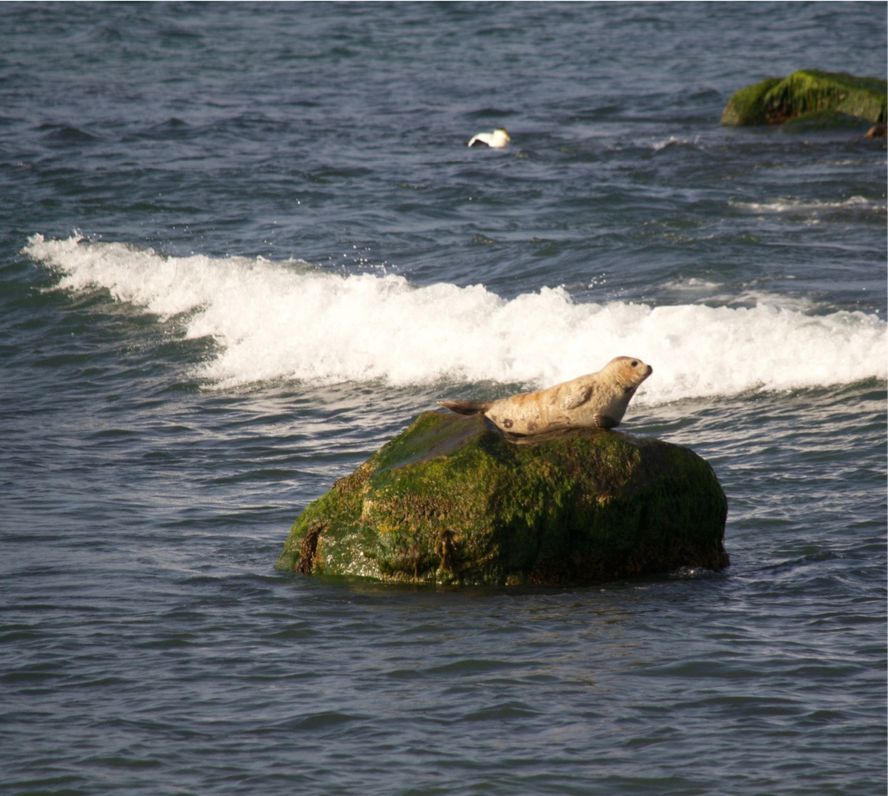
Cetacean: Whales, Dolphins, or Porpoise Monitoring
Host/Lead Collaborators:
– Atlantic Marine Conservation Society (AMSEAS)
– Coastal Research and Education Society of Long Island (CRESLI)
– New York State Department of Environmental Conservation (NYSDEC)
Resources/Information:
Species may include large whales such as humpback, fin, sei, minke, sperm and North Atlantic Right whale. Dolphins/Porpoises may include common, bottlenose, Atlantic whited-sided, striped, risso’s dolphins, pilot whales and harbor porpoise.
Stay at least 50 yards away from marine mammals and sea turtles to report sightings of healthy or sick animals.
Training:
Not required but encouraged https://www.amseas.org/events
Active Season:
Year round. Sightings have been more common in recent years. Large whales and dolphins have been observed during every month depending on species. Harbor porpoise are commonly encountered during the winter months.
Habitat:
Atlantic Ocean and bays and estuaries around Long Island
Survey Contact:
– AMSEAS Survey Contact Sightings@amseas.org
– NYSDEC Survey Contact MarineProtectedResources@dec.ny.gov
Rescue Contact:
If you see a stranded or entangled marine mammal immediately call the NYS Marine Mammal and Sea Turtle Stranding Hotline at (631) 369-9829
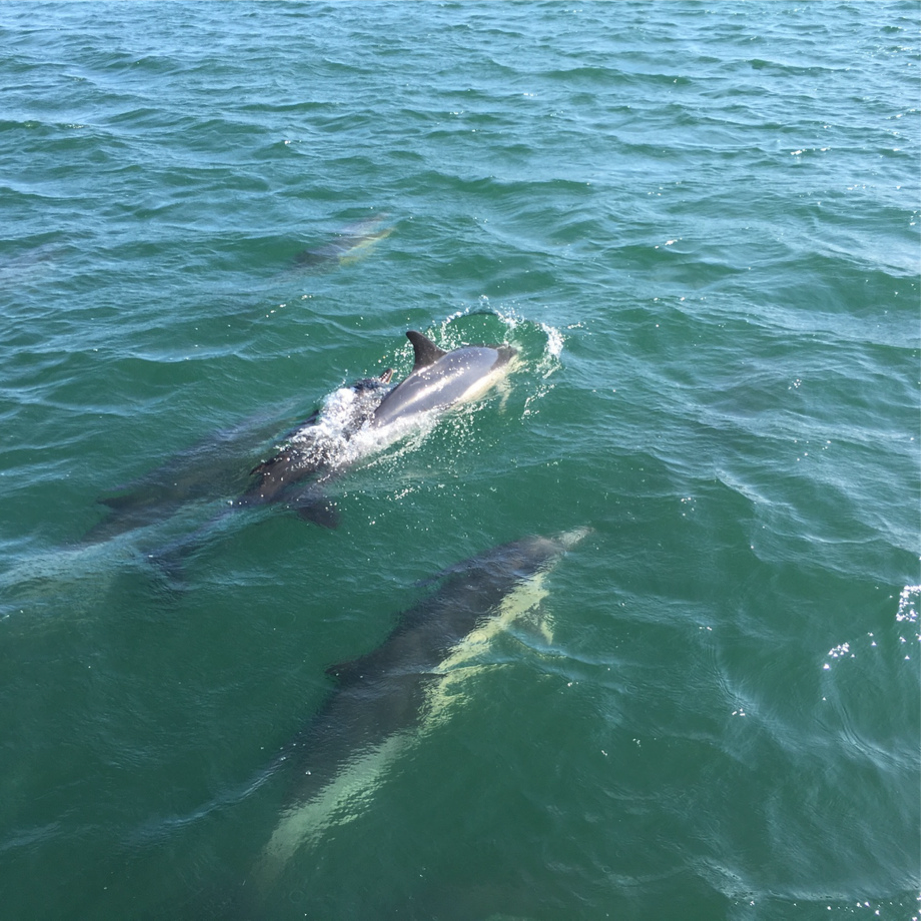
River Otter Monitoring
Host/Lead Collaborators:
Seatuck Environmental Association
Resources:
Long Island River Otter Study
Training:
Not required but encouraged
Email mbottini@seatuck.org for training.
Training Workshop
Rescue Contact:
– Mike Bottini at mbottini@seatuck.org or 631-267-5228
– NYSDEC Region 1 headquarters 631-444- 0310
Active Season:
All Year
Habitat:
Riparian Zone – banks/wetlands adjacent to rivers and streams
Survey Contact:
Mike Bottini at mbottini@seatuck.org
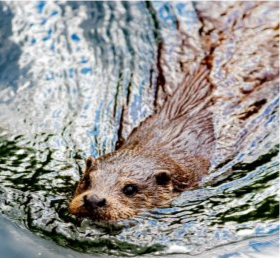
Bat Monitoring
Host/Lead Collaborators:
Seatuck Environmental Association
Resources/Information:
Long Island Bat Study
Training:
Not required, but encouraged.
Training Workshop
Survey Contact:
Emily Hall at ehall@seatuck.org
Active Season:
Warmer months (hibernate in winter)
Habitat:
Can be seen around early dawn or dusk and are most abundant around bodies of water (like streams or ponds) where a lot of flying insects might be congregating. Then in the winter, bats will take shelter, or hibernate. Bats can also be found in people’s homes or buildings as they are looking for a place to roost, a place to live, in the summer or possibly hibernate in the winter.
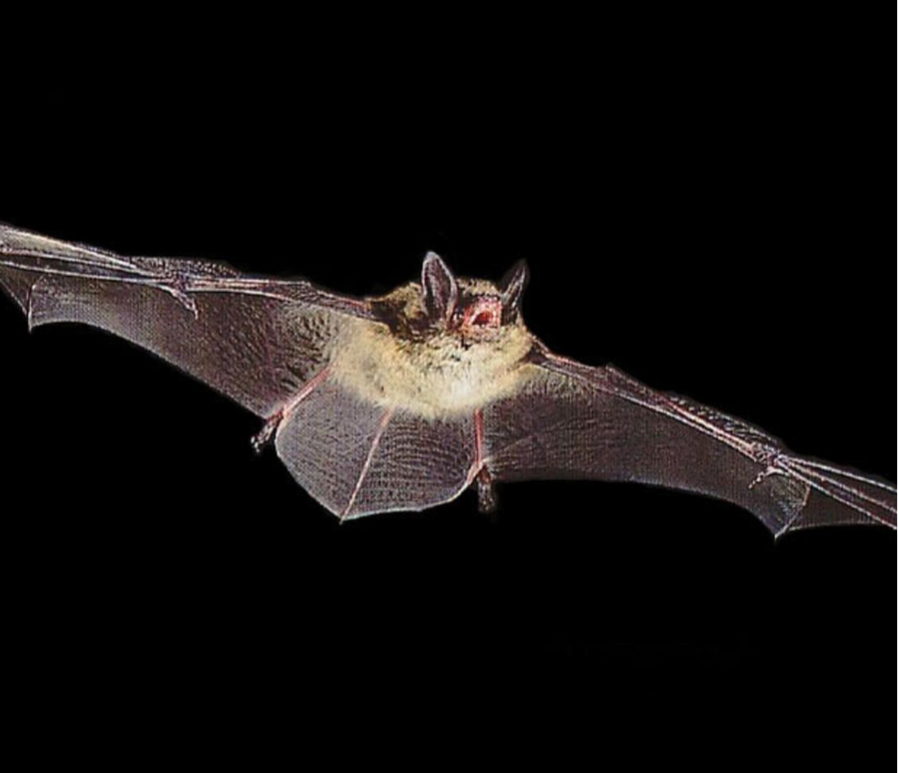
Furbearer Sighting Surveys
Host/Lead Collaborators
New York State Department of Environmental Conservation (NYSDEC)
Resources:
The Bureau of Wildlife wants to learn more about the occurrence and distribution of various furbearers throughout New York. The term “furbearers” refers to the group of mammals that either historically or currently (or both) have commercially valuable fur. Sixteen furbearers live in New York. They range in size from the least weasel (about the size of a chipmunk) to the beaver, which may be as large as 70 pounds.
Visit the Furbearers page to read profiles for various species, including physical traits and tips for identifying them.
Training:
Not required
Active Season:
All Year
Habitat:
Wide range of habitats including field, forests, and wetlands
Survey Contact:
NY DEC at wildlife@dec.ny.gov
